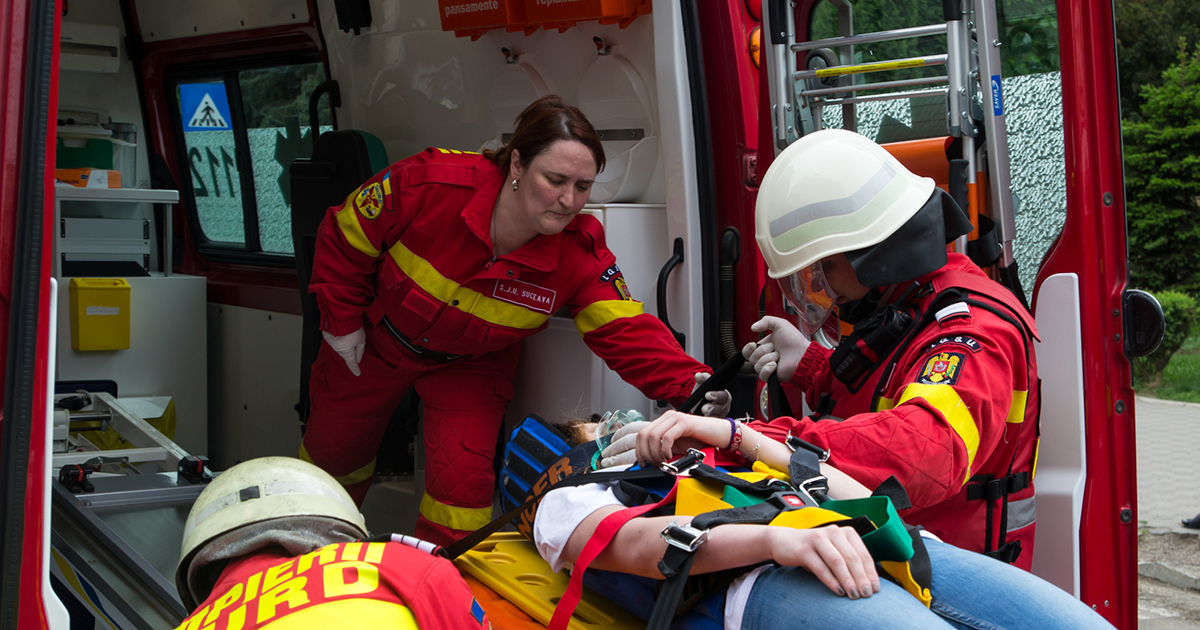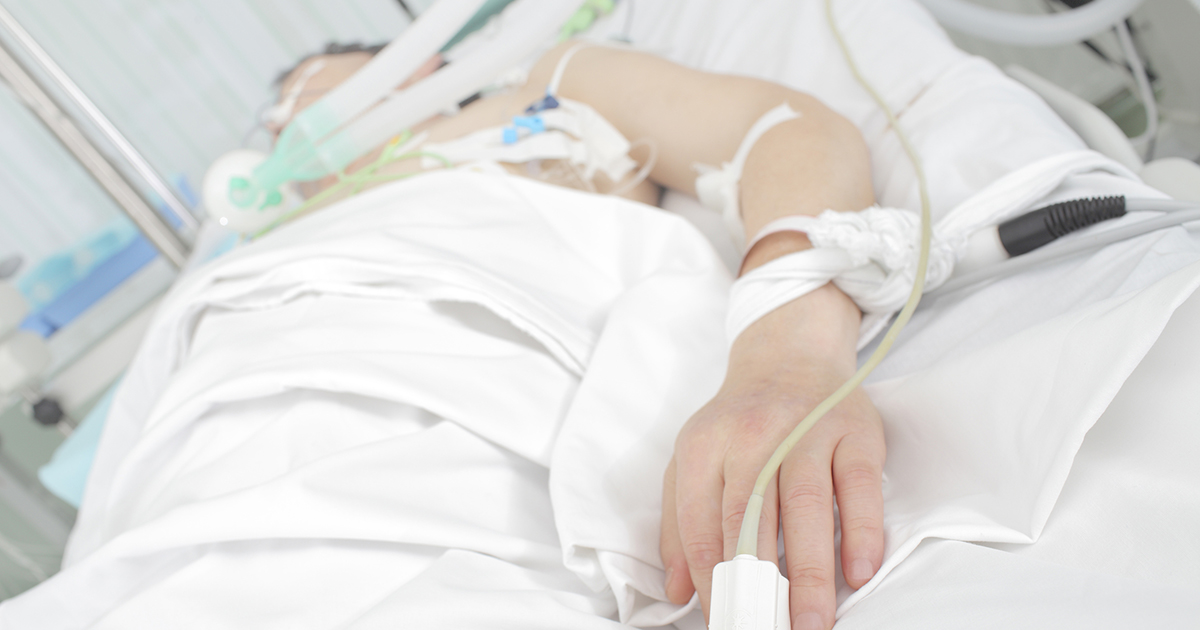Symptoms Of Meningococcemia
Meningococcemia is an uncommon type of blood infection caused by a bacteria called Neisseria meningitidis. This infection can lead to meningitis, in which the bacteria invades the membranes of the spine and brain. It is more common in children and young adults. Any infection with this bacteria, whether or not it leads to meningitis, is considered a medical emergency that can be life-threatening. Approximately fifty percent of meningococcemia cases occur in patients under four years old, and young adults and individuals of all ages who live in a dormitory or other group setting face an increased risk of this condition. To diagnose the infection, doctors at the hospital will carry out blood tests, and a lumbar puncture may also be performed. Treatment of meningococcemia is provided in a hospital isolation unit to prevent the spread of the infection. It typically involves the use of several types of intravenous antibiotics, including rifampin, ciprofloxacin, and ceftriaxone. Patients are also given intravenous fluids.
The symptoms outlined below are some of those typically seen in patients with meningococcemia.
Presence Of Blood Clots

The presence of blood clots generally indicates an individual's meningococcemia may have advanced beyond the early stages. In healthy individuals, blood is a liquid. Blood clots develop when blood changes into a gel-like consistency and clumps together. These clots can occur in the arteries and veins of the body, and they may block blood flow to vital organs such as the heart, lungs, and brain. If left untreated, blood clots can be fatal. Doctors examining patients with suspected meningococcemia can do ultrasounds and other imaging studies to confirm whether a blood clot is present or not. If it is, patients can usually be given intravenous medications that may dissolve the clot. In addition to these scans, clinicians will perform a physical examination to check for possible symptoms of a blood clot. These typically include shortness of breath, swelling at the site of the clot, skin warmth or redness at the affected site, and pain in the area.
Learn more about the symptoms of meningococcemia now.
Irritability And Anxiety

Irritability and anxiety are most common in the early stages of this illness. Infants with the condition may be unusually fussy, and adults may feel as though something is not right. Some patients may experience a sense of impending doom, which may result in a panic attack. Irritability and anxiety typically disappear once the infection is treated, and patients may also be given anti-anxiety medication to reduce their symptoms. Symptoms of anxiety usually include rapid heartbeat, shortness of breath, sweating, insomnia, difficulty with concentration, and insomnia. These symptoms may also be the result of the meningococcemia infection. To determine the cause of the patient's symptoms, doctors can perform an electrocardiogram, and the patient will also be asked about when their symptoms began. In addition to medication, doctors can teach patients breathing exercises that promote relaxation and help the patient regulate their breathing more effectively.
Continue reading to reveal more warning signs of meningococcemia now.
Lethargy

Also known as drowsiness or fatigue, lethargy is one of the advanced symptoms patients with meningococcemia may exhibit. The patient may be difficult to wake, and they may drift in and out of consciousness. Eventually, many patients become comatose as a result of meningococcemia, and they usually need the assistance of a ventilator to breathe. To assess consciousness and evaluate the degree of a patient's lethargy, doctors use what is known as the Glasgow Coma Scale. The scale examines whether the patient can open their eyes, whether they can respond to commands, and whether they can speak. It also evaluates the patient's motor responses. Patients who are unconscious or who are experiencing severe drowsiness will have their vital signs, including blood pressure, heart rate, and temperature, closely monitored by hospital staff.
Get the details on the next meningococcemia symptom now.
Shock

Shock generally occurs in the late stages of this infection. Patients experiencing this symptom may have nausea, vomiting, clammy skin, a rapid heart rate, a fast rate of breathing, and enlarged pupils. Their skin may also be very pale, and some patients be agitated and confused. Patients will be given oxygen to help ease their breathing, and drugs such as fludrocortisone and midodrine can be given if a patient's blood pressure drops too low. Even in the absence of other symptoms, shock is considered a medical emergency. If family members or friends notice the patient is showing signs of this symptom, an ambulance should be called, and it is important to try to keep the patient as calm as possible. Tight clothing should be loosened, and a blanket should be placed over the patient to provide warmth. Importantly, the patient should not be moved until the ambulance arrives.
Discover additional symptoms of meningococcemia now.
Bleeding Under The Skin

Bleeding under the skin is often an indication meningococcemia has become severe. When the infection first develops, small spots of blood form on the skin. These are known as petechiae, and they may be reddish or purple. Petechiae are a result of bleeding from the smaller blood vessels located near the surface of the skin. As the infection spreads, larger areas of bleeding under the skin develop, and these are known as purpura. While petechiae generally measure less than three millimeters, purpura are often between three to ten millimeters in size. When pressure is applied to the skin, both petechiae and purpura do not blanch. Patients who have one or both of these signs likely also have internal bleeding from an organ, and this can cause nosebleeds, coughing up blood, and blood in the urine. Meningococcemia can lead to bleeding disorders and problems with blood clotting. To control bleeding, doctors administer platelet replacement therapy. This involves injections of platelet-rich plasma, a part of the blood that supports cell growth and helps improve blood clotting. Patients may also need to receive blood transfusions to replace lost blood volume.